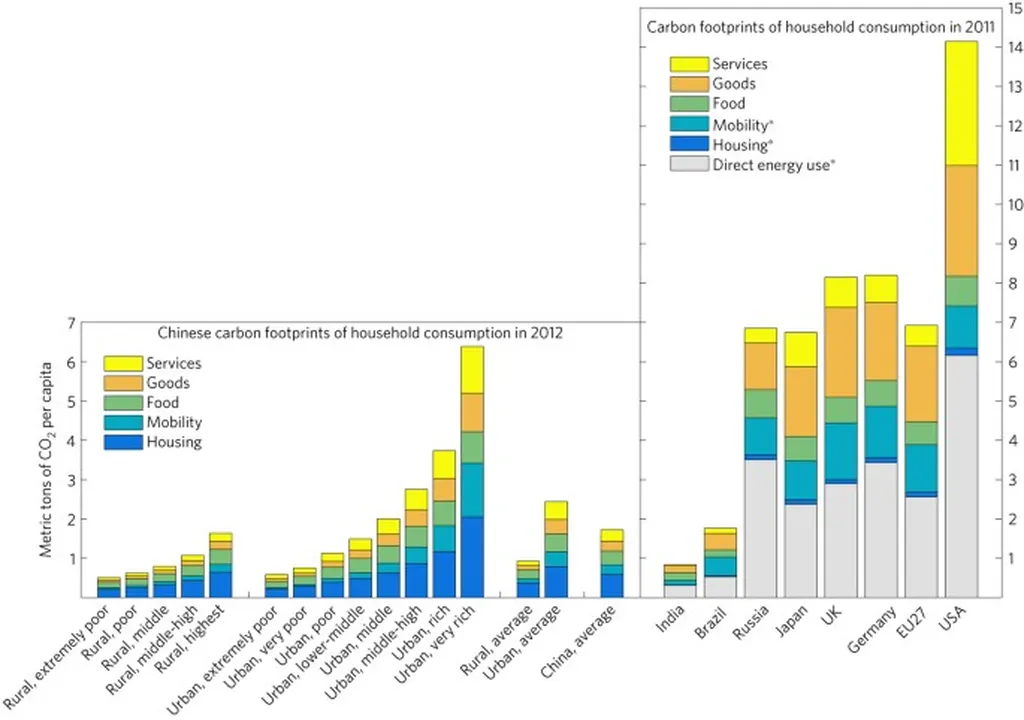In a groundbreaking study published in the journal *Energies*, researchers have uncovered significant disparities in how international trade influences carbon emissions between the United States and China. The research, led by Muhammad Yousaf Malik from MacEwan University in Canada, delves into the complex interplay between trade, economic growth, and carbon footprints, offering critical insights for policymakers and energy sector stakeholders.
The study, titled “Unequal Energy Footprints: Trade-Driven Asymmetries in Consumption-Based Carbon Emissions of the U.S. and China,” analyzes data from 1990 to 2018. It employs advanced statistical methods, including autoregressive distributed lag (ARDL) and non-linear ARDL, to examine both short- and long-term impacts of trade on consumption-based carbon emissions (CBEs). The findings reveal that while exports tend to reduce CBEs, imports increase them in both economies. However, the effects are not symmetrical.
“One of the most striking findings is that a decrease in exports increases carbon emissions in the U.S. but decreases them in China,” Malik explains. This asymmetry is attributed to differences in supply chain flexibility and energy intensity. China’s reliance on energy-intensive imports and its rapid trade growth result in larger coefficients for trade variables, indicating a more significant impact on its carbon footprint.
The study also challenges the Environmental Kuznets Curve (EKC) hypothesis, which suggests that economic growth eventually leads to a reduction in environmental degradation. Instead, the research shows that economic growth intensifies CBEs, underscoring the need for targeted policies to mitigate these effects.
The findings have profound implications for the energy sector. “Our results highlight the need for tailored policies, such as carbon border adjustments and the integration of renewable energy sources,” Malik notes. The study also advocates for consumption-based accounting frameworks to better track and manage carbon emissions.
The research further reveals that China takes 2.64 times longer than the U.S. to return to equilibrium after short-run shocks, reflecting systemic rigidity in its economy. This insight is crucial for understanding the resilience and adaptability of different economic systems in the face of environmental challenges.
As the world grapples with the urgent need to reduce carbon emissions, this study provides a nuanced understanding of the trade-carbon nexus. It calls for a more nuanced approach to policy-making, emphasizing the importance of considering the unique economic and trade dynamics of each country.
The study, published in the journal *Energies*, offers a robust foundation for future research and policy development. By shedding light on the complex interplay between trade, economic growth, and carbon emissions, it paves the way for more effective strategies to address the global climate crisis.

